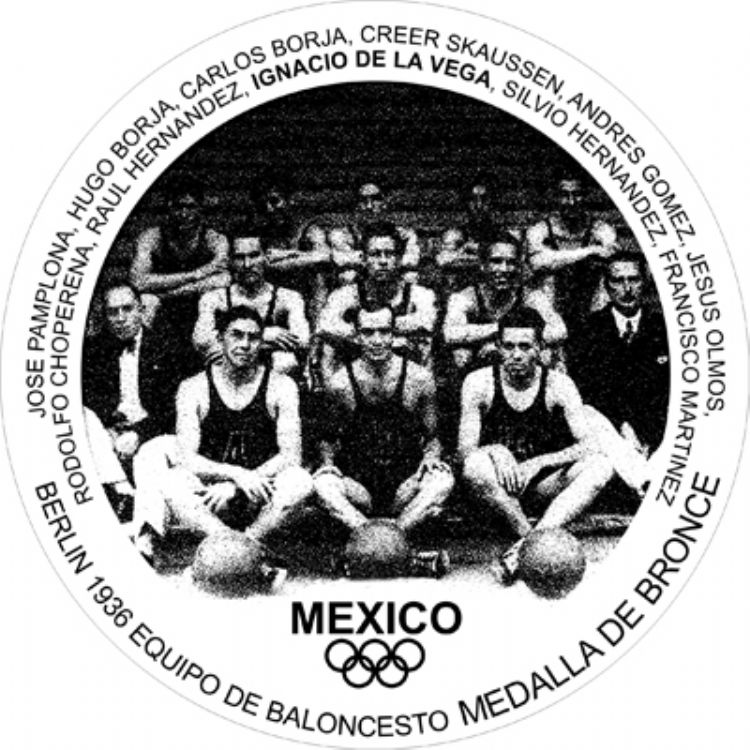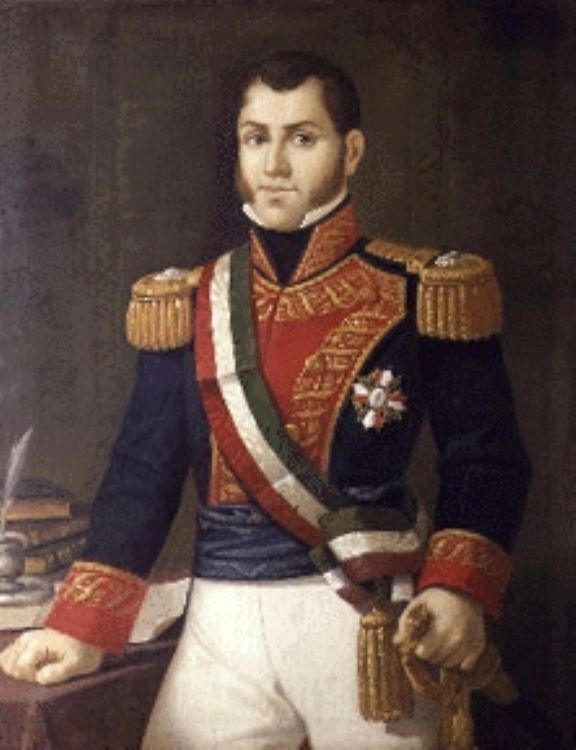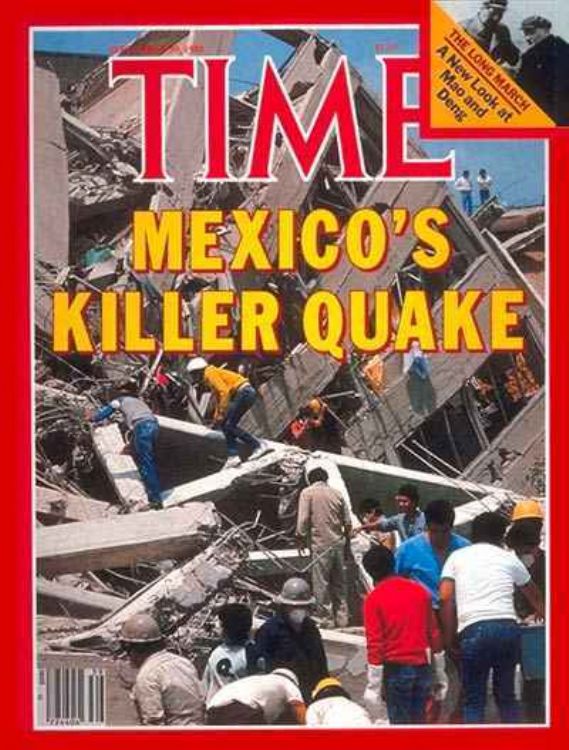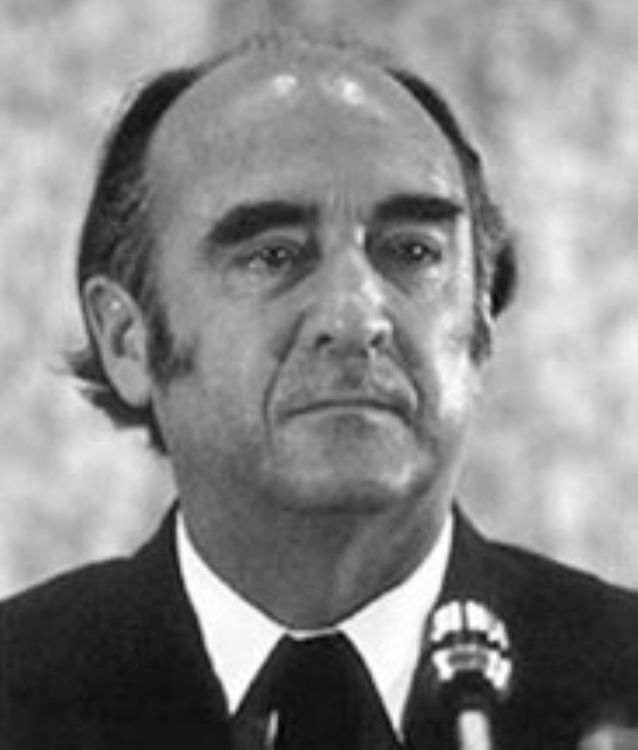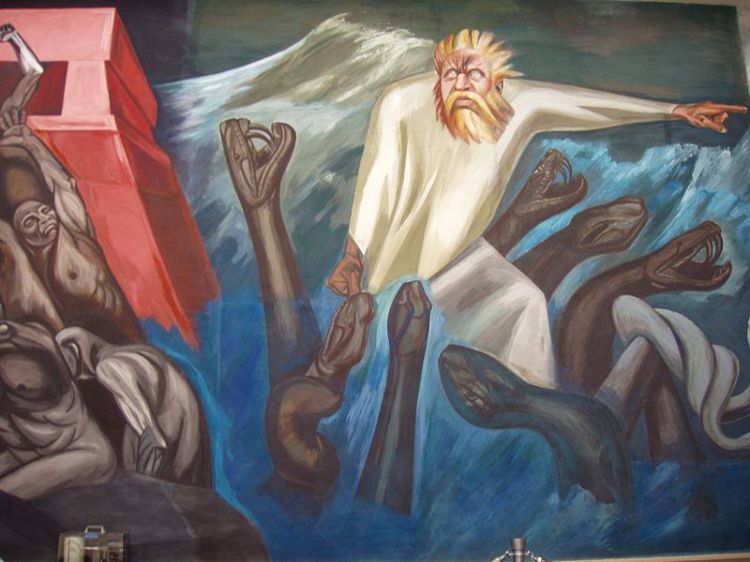Hurricane Karl and its Devastation
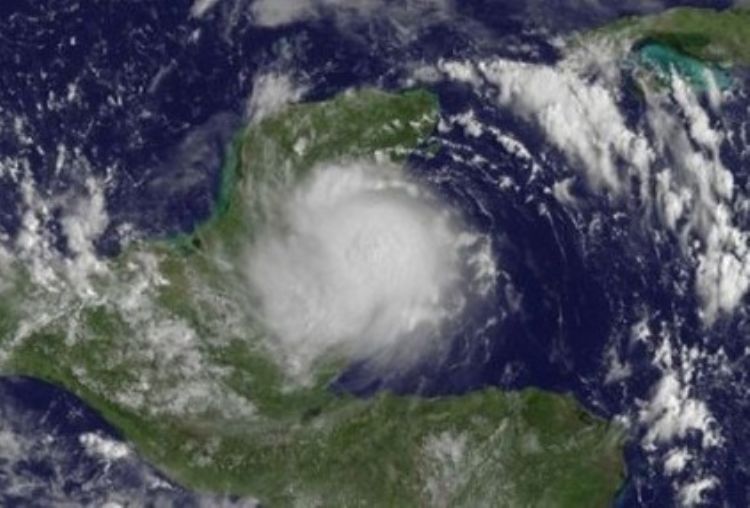
Its path:
This meteorological phenomenon began as a low-pressure system near the northern coast of Venezuela on September 11, 2010; it kept moving northbound and finally went westbound, creating unfavorable conditions in the region. On September 14th the National Hurricane Center confirmed that it was a tropical storm, when it was located at about 505 kilometers east from Yucatan. Due to the fact that the waters were warmer in that area, Karl became stronger, and on September 15th it touched land as a tropical storm, in Chetumal.
Karl weakened gradually once it touched land and went over Yucatan and Campeche; but despite this, it always kept its structure well defined, since even on land, it was still considered a tropical storm during the afternoon of September 15th.
In the early hours of September 16th, Karl touched the waters of the Gulf of Mexico, becoming stronger once again. During this period, from being a tropical storm in became a hurricane, the sixth of the season, and the third to be active simultaneously (Hurricanes Igor and Julia), with its strength still intensifying. During the night it reached category 2 according to the Saffir-Simpson scale, and at this point, the eye of the hurricane could be seen on satellite images. Then, on September 17th it reached category 3 with winds of up to 195km/hr., just 100 kms. east from Veracruz.
In this way Karl became the strongest hurricane ever to cross the Campeche bay in the last 60 years (Hurricane Item). Karl slightly weakened after landing on the port of Veracruz, still a category 3 hurricane; however, it was the biggest hurricane to touch land in the Gulf of Mexico. By September 18th, it had weakened completely over the high sierras in Mexico.
Disasters caused:
On September 16th the Federal Government started preparations, along with 3000 workers in the Comisión Federal de Electricidad (Federal Commission of Electricity), to foresee the damage that could be caused to the infrastructure of Veracruz and Puebla. 900 vehicles, cranes, helicopters, several amphibious vehicles and emergency generators also helped. Likewise, all operations of the reactors in the Laguna Verde nuclear station were stopped during the contingency. The disasters fund was ready to be of help.
In Veracruz, the hurricane arrived at the coast at about 11:30 am on September 17th. The rain flooded the streets and avenues in the historical center, reaching heights of 40 cms. up to one meter (although the record is held by the Soledad de Doblado municipality with 3 meters). The wind damaged the electrical wiring, leaving most of the area in the dark. Hundreds of posts were reported to be damaged or to have fallen, which affected 247 neighborhoods. Due to the rain, 3000 people were evacuated in the town of Úrsulo Garván, and in other municipalities Karl left almost a million homes with severe damage.
âÂÂBetween the hurricane and the floods, approximately a million people from Veracruz have been affected in terms of their income and their activities, but there are six and a half million citizens of Veracruz who live, fortunately, in productive normalcy. Oil and gas companies, tourism, ports and airports, are also working normallyâÂÂ, said Governor Fidel Herrera.
The stories of the suffering and hurt caused to the inhabitants are deeply touching. There are families who lost everything, including their homes and loved ones. Among the resulting figures, we point out that Karl left thirteen people dead, 1 million victims, more than 15 people missing and general damage estimated in more than 50 million pesos. Besides, the cleaning of its aftermath turned out to be extremely hard, as the mud covered almost all of peopleâÂÂs belongings.
Something really strange to see was tens of crocodiles that escaped due to the high waters inside their mating and protection area called âÂÂEl ColibríâÂÂ. Their freedom represents a danger to the population and a high cost to recapture them.
The peopleâÂÂs desperation reached such degrees due to the fact that help was taking so long to arrive, that in some isolated cases there was pillage in stores to obtain food. The most known cases occurred in two convenience stores, where milk, food and even beer were stolen.
The damage to crops was substantial; only in sugar cane, more than 60 thousand acres were lost in the states of Veracruz, Tabasco, Chiapas, San Luis Potosi and Oaxaca. Something that made things worse, was the fact that it kept raining for a while after the hurricane.
Help:
Alter the disaster, brigades were deployed to assist the inhabitants of Veracruz and the other affected regions. The President of Mexico flew over these areas and the army was also deployed to help and prevent incidents.
Fiscal extensions and tax exemptions were authorized in favor of individuals, companies and farms. Several collection centers were opened in different cities to collect supplies and all sorts of articles for the population. The Red Cross was, as usual, the main promoter of this campaign.
It is important to remember that in situations like this one, the supplies to be delivered should always be non-perishable goods such as canned food, instant food and powdered milk, as well as bottled water and other articles like diapers, feminine pads and toilet paper.
Prevention:
Finally, we have to highlight that although the resources of the National Disaster Fund have increased in the last few years, we should not expect everything to be done by the authorities. The inhabitants of the coastal areas as well as the general population have to avoid settling down in risky places, be prepared for emergencies with radio kits, flashlights and food.
Also, we should also encourage people to be insured in Mexico. If such were the case, much of the damage would be minimized greatly by the premiums; The market offers several alternatives suitable to almost all budgets. In fact, there are proposals for the government to obtain insurance for their municipalities, but we should not expect to have everything solved for us, as we are putting our personal assets and family at risk.
Article produced by the Editorial Team of "Explorando Mexico".
Copyright Explorando México, All rights reserved.
Photo:

